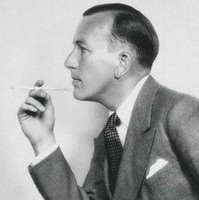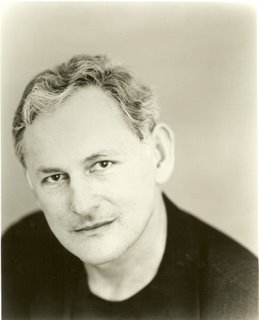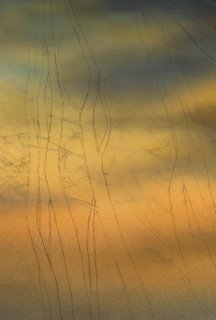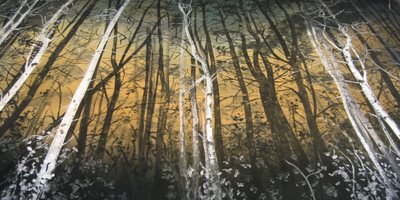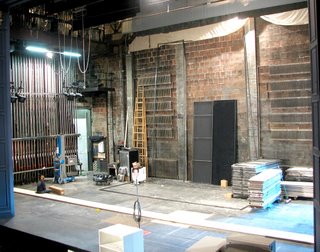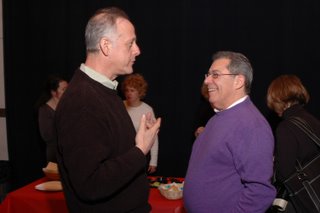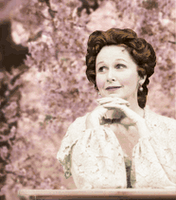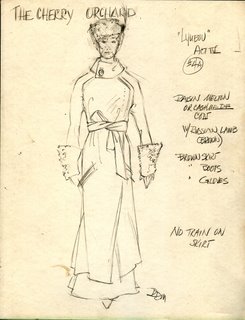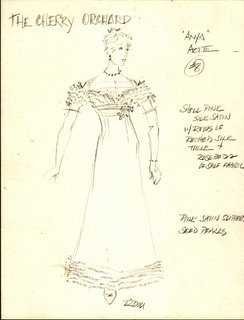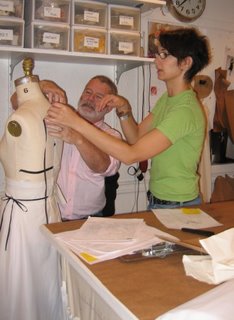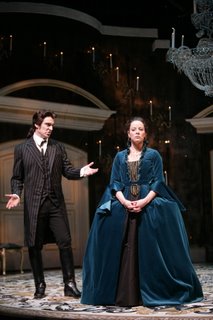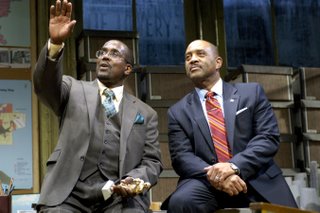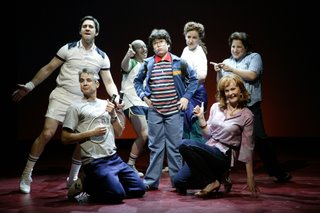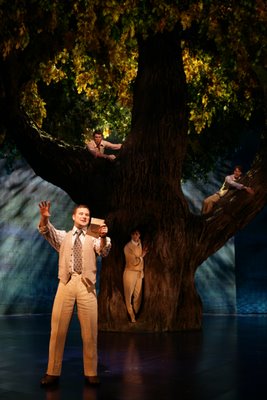Tomorrow marks the final day of rehearsals in the hall, and we move to the stage tomorrow for a dry tech of the scene changes. Joining us this week is the entire design team who will be with us at least through January 7th. Who are these designers? Read on...
Ralph Funicello (Scenic Designer) previously designed the Huntington’s production of Mary Stuart. His Broadway credits include Julius Caesar, Brooklyn Boy, Henry IV (Outer Critics Circle, Drama Desk, and Tony nominations), King Lear, QED, and Division Street. Off Broadway he designed Ten Unknowns and Pride’s Crossing. Regionally, he is an associate artist of The Old Globe in San Diego, and has designed more than 250 plays at numerous theatres including American Conservatory Theater, Manhattan Theatre Club, Lincoln Center Theater, Mark Taper Forum, South Coast Repertory, Berkeley Repertory Theatre, Denver Center Theatre Company, Seattle Repertory Theatre, A Contemporary Theatre, Arizona Theatre Company, Williamstown Theatre Festival, Milwaukee Repertory Theater, New York City Opera, Oregon Shakespeare Festival, The Stratford Festival of Canada, Guthrie Theater, and The Royal Shakespeare Company. He has received The Merritt Award for Excellence In Design and Collaboration and awards from the Bay Area Theatre Critics Circle, L.A. Drama Critics Circle, Drama-Logue Magazine, Backstage West, and the United States Institute for Theatre Technology. He currently holds the position of Powell Chair in Set Design at San Diego State University.
Robert Morgan (Costume Designer) served as director of the Theatre Division at Boston University’s School For the Arts from 1987 to 1992. His designs for the Huntington include scenic design for The Importance of Being Earnest (1993) and costume design for The Sisters Rosensweig (2005), Don Juan (1988), Heartbreak House (1986), and Saint Joan (1986). Broadway credits include How the Grinch Stole Christmas, The Full Monty, Imaginary Friends, I’m Not Rappaport, and Sherlock’s Last Case. Off Broadway he has designed Pride's Crossing (Lincoln Center Theater) and The Loves of Anatol (Circle in the Square). His television credits include “The Skin of Our Teeth” and “A Christmas Carol” for PBS’s “American Playhouse.” For thirty-five years Mr. Morgan has designed scenery and costumes for regional theatres throughout the U.S., most notably The Old Globe in San Diego, where he is a founding associate artist and is currently preparing for upcoming productions of Hamlet and Measure for Measure.
Donald Holder (Lighting Designer) previously designed Radio Golf, Falsettos, Gem of the Ocean, Ten Unknowns, King Hedley II, The Last Hurrah, The Mikado, and Jitney for the Huntington. His Broadway credits include Movin’ Out (Tony and Drama Desk nominations), The Lion King (Tony, Drama Desk, Outer Critics Circle Awards; L.A. Drama Critics and Ovation Awards in Los Angeles), A Streetcar Named Desire (Tony nomination), Gem of the Ocean (Tony and Drama Desk nomination), The Apple Tree, The Little Dog Laughed, The Times They Are A-Changin’, All Shook Up, La Cage aux Folles, The Boy from Oz, Little Shop of Horrors, Thoroughly Modern Millie, King Hedley II, and Juan Darien (Tony nomination). Off Broadway he designed Observe the Sons of Ulster Marching Towards the Somme (Lucille Lortel Award), The Little Dog Laughed, Everett Beekin, Jitney, Saturday Night, Three Days of Rain, All My Sons, The Most Fabulous Story Ever Told, Spunk, and many others. Mr. Holder has designed at resident theatres across the U.S., and is a graduate of the Yale School of Drama.
Michael Friedman (Composer) previously served as music director for Falsettos and composed music for Love’s Labour’s Lost and The Blue Demon for the Huntington. His New York credits include the music and lyrics for The Civilians’ (I am) Nobody’s Lunch, Gone Missing, and Canard, Canard, Goose?; and productions at The Public Theater/NYSF, New York Theatre Workshop, Roundabout Theatre Company, Signature Theatre, Theatre for a New Audience, Playwrights Horizons, Soho Repertory Theatre, and Performance Space 122. His regional credits include productions at the American Repertory Theatre, Hartford Stage Company, La Jolla Playhouse, Berkeley Repertory Theatre, The Kennedy Center, Humana Festival of New American Plays, and seven seasons at Williamstown Theatre Festival. His work has been heard at both London’s Gate Theatre and Soho Theatre, at the Edinburgh Fringe Festival, and in the film On Common Ground. He was the dramaturg for the Broadway revival of A Raisin in the Sun. Mr. Friedman is an artistic associate of the New York Theatre Workshop, a 2003 MacDowell fellow, and a founding associate artist of the OBIE Award-winning Civilians.













